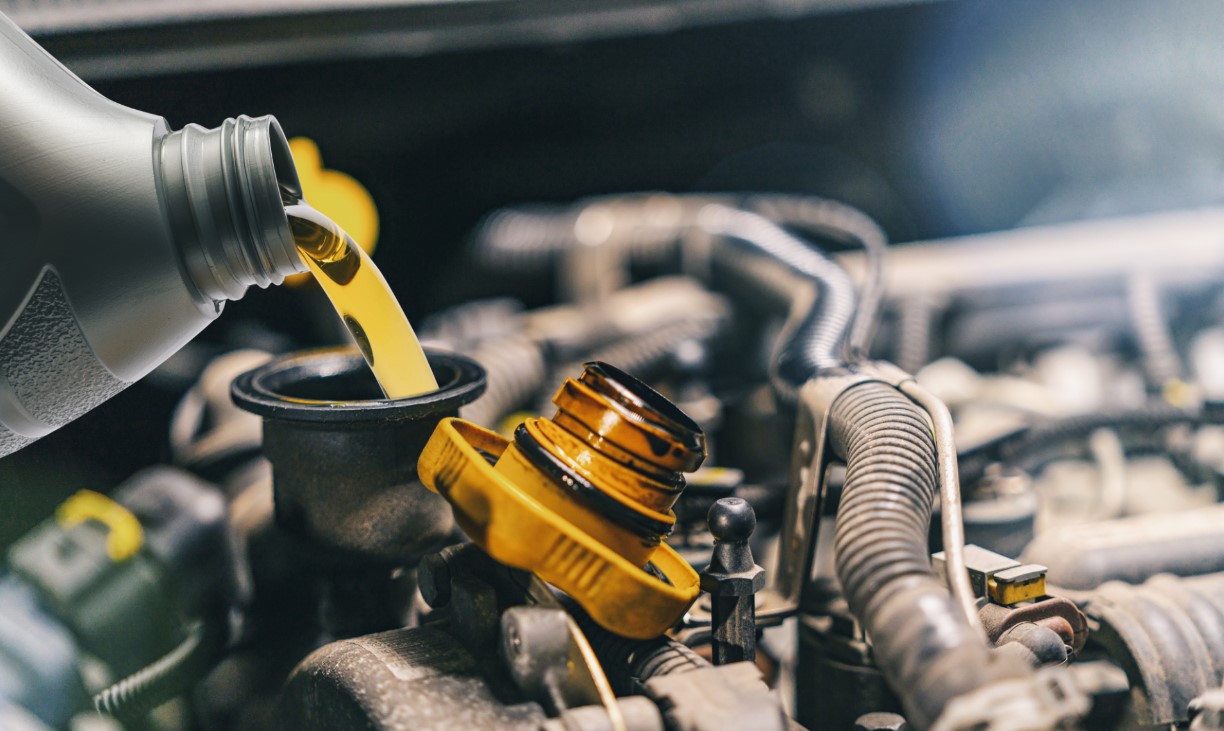Engine diagnostics play a critical function in ensuring cars run smoothly and efficiently. Auto fixing stores use innovative devices and strategies to recognize potential concerns prior to they rise into pricey repairs. Comprehending how these diagnostics work can assist car owners appreciate the value of regular maintenance and quick reaction to caution indications.
The Function of Modern Innovation in Engine Diagnostics. When mechanics depend entirely on their experience and an eager ear to find engine problems, gone are the days. Today, automobile repair shops use sophisticated diagnostic devices connected to an automobile's onboard computer system. Most contemporary lorries are outfitted with an Onboard Diagnostics (OBD) system, which checks the efficiency of different parts, including the engine, transmission, and discharges system.
![]()
If the "check engine" light brightens, the OBD system videotapes a mistake code. These codes conserve time and increase diagnostic accuracy by narrowing down the problem.
Step-by-Step Engine Diagnostic Refine. First Evaluation:. Technicians begin by aesthetically inspecting the engine for noticeable indications of wear or damage, such as leaking fluids, damaged belts, or loosened parts. This step aids dismiss minor issues that don't need comprehensive diagnostics.
Attaching the Diagnostic Device:. The mechanic plugs the OBD scanner into the diagnostic port, typically found under the dashboard. This tool connects with the car's computer system to recover mistake codes and efficiency data.
Analyzing the Codes:. Once the trouble codes are shown, professionals cross-reference them with a database to figure out the feasible sources of the problem. This step is essential as some codes may have multiple analyses, needing additional testing.
![]()
Performing Advanced Examinations:. If the mistake code indicates a particular concern, such as reduced gas stress, specialists might utilize additional tools like pressure assesses or multimeters to confirm the trouble. For complex problems, they might carry out live data monitoring, observing how the engine does in real time.
Analyzing Signs And Symptoms and Resolving Issues:. Technicians integrate the data from diagnostic tools with their experience to detect the origin of the problem. After recognizing the problem, they suggest ideal repair services or replacements, whether it's a damaged sensor, blocked filter, or ignition system concern.
Advantages of Engine Diagnostics. Precision: Advanced tools get rid of guesswork, making certain quick and accurate issue identification. Preventive Upkeep: Diagnostics identify minor problems early, avoiding expensive repair work and breakdowns. Efficiency: The structured process reduces repair service times, getting vehicle drivers back when driving faster. Environmental Conformity: Detecting and repairing emission-related problems help meet regulative criteria and reduce ecological influence. Verdict. Engine diagnostics are a keystone of contemporary car repair service solutions. By combining advanced technology with skilled knowledge, fixing shops supply accurate, efficient options that keep cars in peak problem. Regular diagnostic checks can save time, money, and the anxiety of unanticipated malfunctions, making them a smart financial investment for any kind of auto owner.
The Function of Modern Innovation in Engine Diagnostics. When mechanics depend entirely on their experience and an eager ear to find engine problems, gone are the days. Today, automobile repair shops use sophisticated diagnostic devices connected to an automobile's onboard computer system. Most contemporary lorries are outfitted with an Onboard Diagnostics (OBD) system, which checks the efficiency of different parts, including the engine, transmission, and discharges system.

If the "check engine" light brightens, the OBD system videotapes a mistake code. These codes conserve time and increase diagnostic accuracy by narrowing down the problem.
Step-by-Step Engine Diagnostic Refine. First Evaluation:. Technicians begin by aesthetically inspecting the engine for noticeable indications of wear or damage, such as leaking fluids, damaged belts, or loosened parts. This step aids dismiss minor issues that don't need comprehensive diagnostics.
Attaching the Diagnostic Device:. The mechanic plugs the OBD scanner into the diagnostic port, typically found under the dashboard. This tool connects with the car's computer system to recover mistake codes and efficiency data.
Analyzing the Codes:. Once the trouble codes are shown, professionals cross-reference them with a database to figure out the feasible sources of the problem. This step is essential as some codes may have multiple analyses, needing additional testing.

Performing Advanced Examinations:. If the mistake code indicates a particular concern, such as reduced gas stress, specialists might utilize additional tools like pressure assesses or multimeters to confirm the trouble. For complex problems, they might carry out live data monitoring, observing how the engine does in real time.
Analyzing Signs And Symptoms and Resolving Issues:. Technicians integrate the data from diagnostic tools with their experience to detect the origin of the problem. After recognizing the problem, they suggest ideal repair services or replacements, whether it's a damaged sensor, blocked filter, or ignition system concern.
Advantages of Engine Diagnostics. Precision: Advanced tools get rid of guesswork, making certain quick and accurate issue identification. Preventive Upkeep: Diagnostics identify minor problems early, avoiding expensive repair work and breakdowns. Efficiency: The structured process reduces repair service times, getting vehicle drivers back when driving faster. Environmental Conformity: Detecting and repairing emission-related problems help meet regulative criteria and reduce ecological influence. Verdict. Engine diagnostics are a keystone of contemporary car repair service solutions. By combining advanced technology with skilled knowledge, fixing shops supply accurate, efficient options that keep cars in peak problem. Regular diagnostic checks can save time, money, and the anxiety of unanticipated malfunctions, making them a smart financial investment for any kind of auto owner.
Navigation
Home
Latest Posts
Welcome to Drive Kollective: Redefining the Driving Experience
Published Dec 29, 24
1 min read
Customized and Community-Focused
Published Dec 29, 24
1 min read
Expert Mopar Service and Maintenance at Sierra Motors Chrysler Dodge Jeep RAM!
Published Dec 29, 24
1 min read